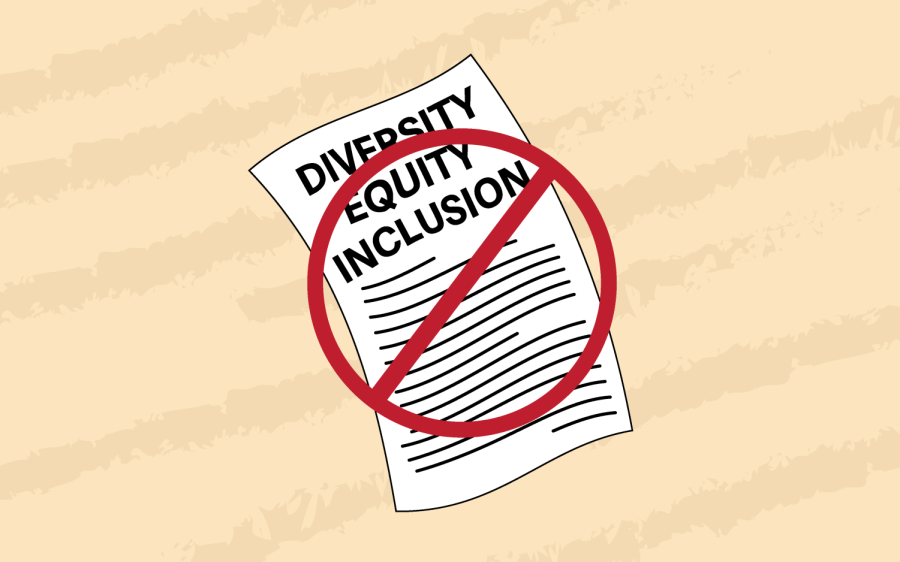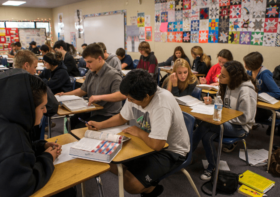Examining the Sociocultural Impacts of Restricting Diversity Representation in Education

Recent actions by a Texas school district to eliminate diversity-related displays have sparked necessary dialogue on the critical importance of representation in educational environments. As researchers of culture and identity, we must closely examine the potential consequences of such exclusionary choices.
Theoretical Frameworks for Understanding Representation
Psychologists have long explored how visibility and inclusion shape youth development. Seminal theories like stereotype threat and social identity theory illuminate why representation matters – how seeing oneself reflected aids construction of self-concept and mitigates threatening stereotypes. Critical race theory contextualizes representation struggles within systemic inequity and dominant power structures that many educators fail to interrogate.
Integrating these perspectives, our analysis must move beyond surface reactions to probe deeper sociocultural impacts. What messages are marginalized students internalizing from this erasure? How will censoring diversity shape intergroup interactions and attitudes? We must also critically examine the ideologies underpinning this decision – whose interests are centered and who suffers from this supposed “neutrality?”
The Myopia of Colorblindness
Claims that removing diversity posters makes schools more “politically neutral” reflect the persistent myth of colorblindness. This ideology ignores how the presumed neutrality of institutions merely upholds existing racial hierarchies by denying disparities. Colorblindness serves as a convenient strategy for those invested in maintaining status quos.
In reality, schools cannot be neutral on diversity when their student bodies reflect all segments of society. Presenting only dominant groups creates an exclusionary environment that harms minority students’ development. Pretending their identities don’t matter does not eliminate underlying inequities – it makes them invisible and implicitly normalizes the marginalization.
I reflect on this issue from my own upbringing. My mother, a woman of color, raised me to be “colorblind” – to believe race didn’t matter. With good intentions, she avoided discussing racial differences in our home. But this left me confused when I entered school and was repeatedly bullied and ostracized. I agonized over why I couldn’t fit in, unaware it related to my appearance and identity. My mother’s choice, however well-meaning, left me lost – unable to make sense of racial dynamics or my own marginalization. This personal experience reveals the deep harm that colorblindness and erasing diversity can inflict on youth still discovering themselves. I struggled to develop self-confidence and social bonds. It took years to undo those early lessons and embrace my full identity. We fail students by pretending differences don’t exist instead of equipping them to navigate diversity.
Confronting the Active Construction of ignorance
Banning diversity representations reflects an active construction of ignorance, not passive obliviousness. As theorized by Mills and other critical philosophers, this constructed ignorance intentionally limits knowledge to uphold existing social orders. This school district’s actions intentionally deny students full understanding of diversity, shaping their worldviews in skewed ways that normalize exclusionary environments.
We must interrogate this strategic production of public ignorance surrounding inequity and identity. What factors motivate education leaders to limit diversity knowledge? How do their decisions perpetuate systemic marginalization and dominant group privilege? Their choices, while seemingly passive, have active sociocultural impacts.
Moving Forward
Restricting diversity representation signals schools’ unwillingness to engage with the full complexity of their role. This embrace of colorblind mythology and active ignorance construction inhibits students’ learning and social development. We must continue investigating representation’s sociocultural impacts and advocating for inclusive environments that empower all students. There remain deep levels of critical analysis needed to dismantle systemic marginalization in education and society.



